Views: 114
Let’s hear it for Country. So give us your best Country tunes. Or throw in some gifs.
![]()
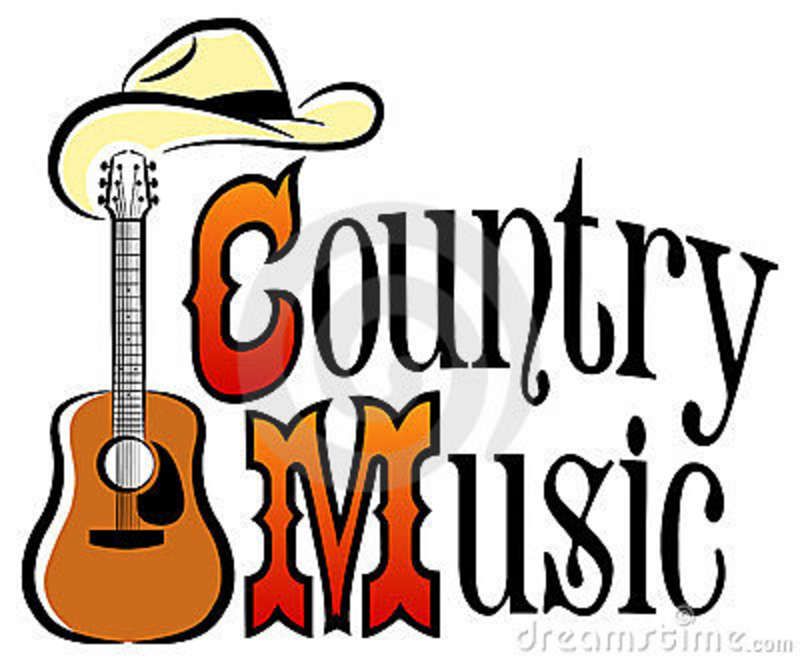
Views: 114
Let’s hear it for Country. So give us your best Country tunes. Or throw in some gifs.
![]()
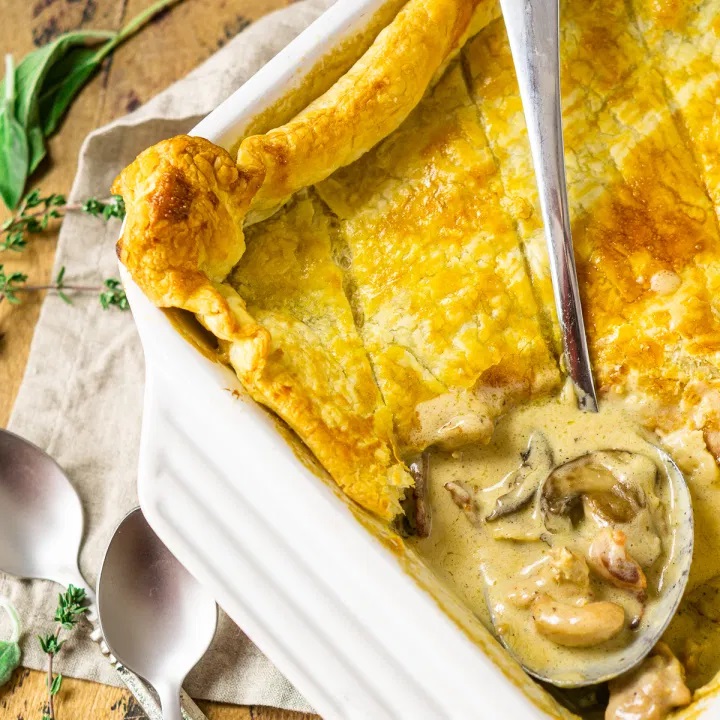
Views: 48
Chicken and Mushroom Pie. This looks good. Somebody needs to try this and get back to us. Stay cozy during these chilly months with this ultra creamy chicken and mushroom pie with puff pastry crust! Filled with a savory and decadent cream sauce, smoky bacon and fresh herbs, every bite of this meat pie is comfort food at its finest.
Similar to a chicken pot pie, this divine dish is loaded with a decadent, silky herbed cream sauce and hearty, flavorful add-ins. The puff pastry gives this savory pie a perfectly flaky, crisp crust for an unforgettable finishing touch. Sounds like a crowd pleaser, huh?
![]()
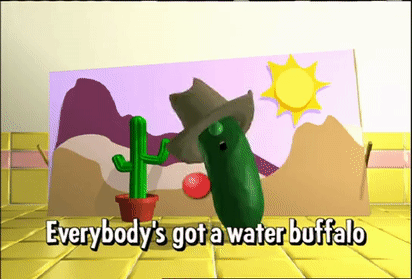
Views: 118
Let’s hear it for the Water. Any song, band, or artists that have any type of water in their name.
![]()

Views: 33
Easter at the MC House. Have a great Easter weekend. And hey if you don’t celebrate, share some songs, gifs, pictures, etc. I have a few pics. I hope you enjoy them. And again my lovely wife did the decorating and I took the pictures. Hopefully I get better as we go along.
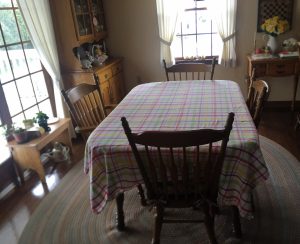


![]()
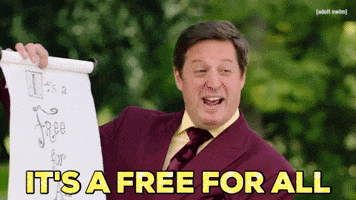
Views: 91
Let’s hear it for a free for all long weekend. A lot of folks are having a long weekend with tomorrow being Good Friday. So let’s have a free for all. Play your favorite tunes.
![]()

Views: 55
Let’s hear it for the plants. Any song or gif about any type of plant. Can be in the artist or bands name.
![]()
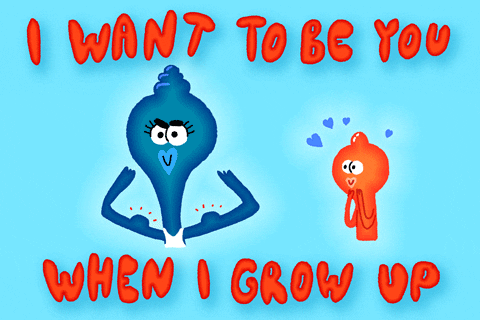
Views: 46
If you could do your life over, what would you want to be when you grow up? Would you want to follow a different career path? If a stay at home mom or dad, did you ever regret it? So let us know.
![]()
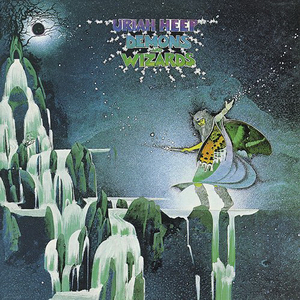
Views: 71
Hey it’s Monday somewhere. So let’s get things started.
Let’s hear it for Demons, Witches, and Wizards. Or anything spooky. Can be in the band or artists name. Can do pictures or gifs.
![]()
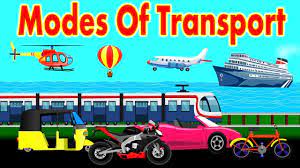
Views: 108
Let’s hear it for the modes of Transportation. Starting the weekend early. But in many parts of the world it’s already Friday. SO any artist, band, or song that has a mode of Transportation.
![]()

Views: 40
Let’s hear it for the Animals. Band, Artist, or Song. So how about playing your favorite animal song?
https://youtu.be/Bw7RTUEZMyg
![]()

Views: 55
Let’s hear it for the Duets. Any duet. Male-Female, Female-Female, Male-Male.
https://youtu.be/nwZEcdBMLLU
![]()
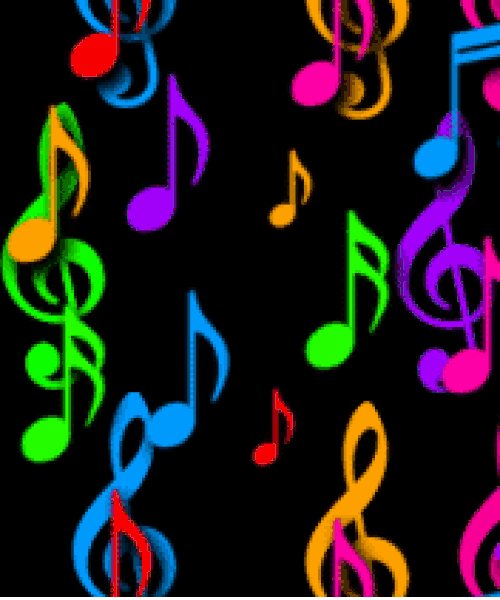
Views: 63
Let’s hear it for the numbers. Anything with numbers will work.
https://youtu.be/wT5ms2Nvpco
https://youtu.be/ZuOhVIEEM4I
https://youtu.be/J74ttSR8lEg
![]()

Views: 88
Let’s hear it for your favorites. Post the music that you enjoy the most. You can also post your favorite gifs or pictures.
https://youtu.be/kX-bVeojLEA
![]()
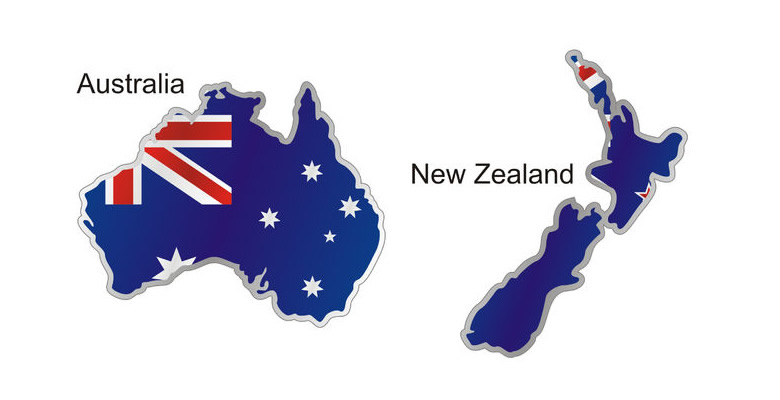
Views: 72
Let’s hear it for New Zealand and Australian Artists. The Islands have produced some awesome bands and artists. let’s play a few.
![]()

Views: 138
Let’s hear it for the UK. Anything from the UK. Bands, Male, Female.
![]()
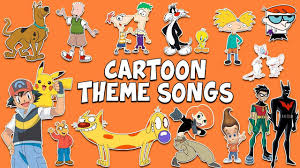
Views: 69
Let’s hear it for the cartoons.
For entire generations of kids, some of their most fond memories are of watching Saturday morning cartoons. The animated shows that became instant classics entertained children across the country and most had a special theme song that was so catchy, kids just couldn’t forget it. What are the greatest cartoon theme songs of all time?
The cartoons on this list, especially those with the top 10 cartoon theme songs have some of the most memorable musical intros in television history. They kept kids hooked on the show and still resonate even today.
https://youtu.be/6DMOYq56rmk
![]()
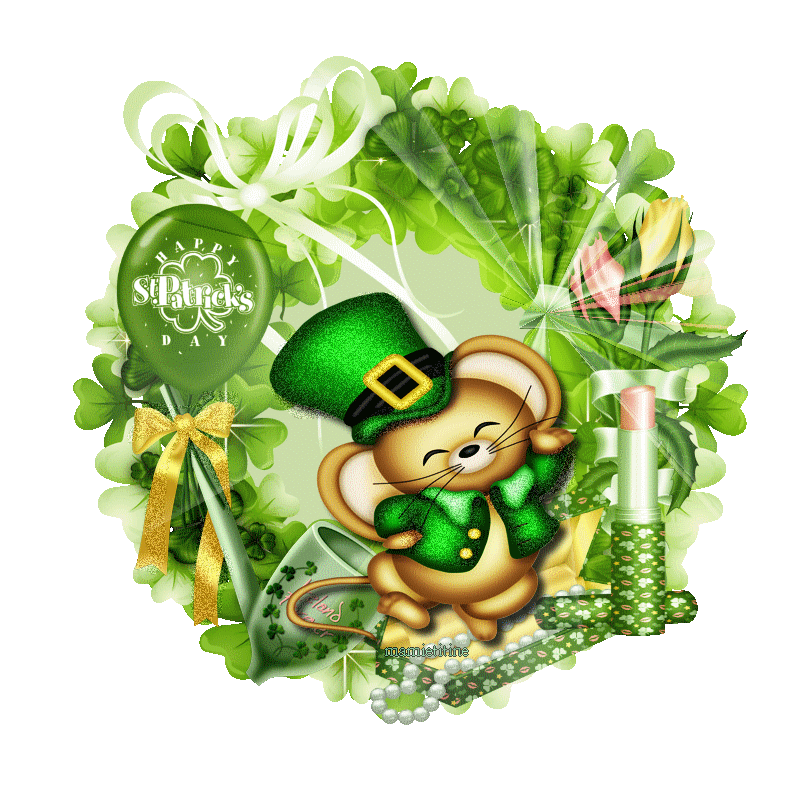
Views: 53
Decorating with a touch of Irish. We’re not Irish but we added a bit of the Irish look. Enjoy. Add any pictures, gifs, or songs,
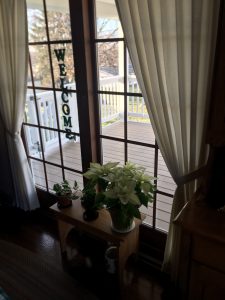
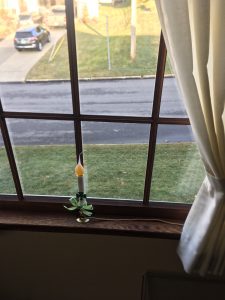



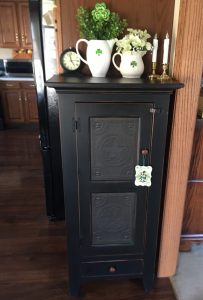




![]()
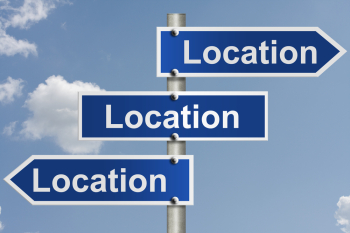
Views: 36
Location, location, location. Cities, States, Provence’s, or Countries. Band, Artist, or Song. Give us your best location song, picture, or gif.
https://youtu.be/62AX-et_NeM
![]()

Views: 99
Let’s hear it for the food. Any and all songs about food. The artist or band can have a food name also. Gifs, and pictures welcome.
![]()